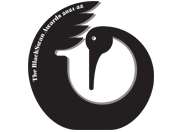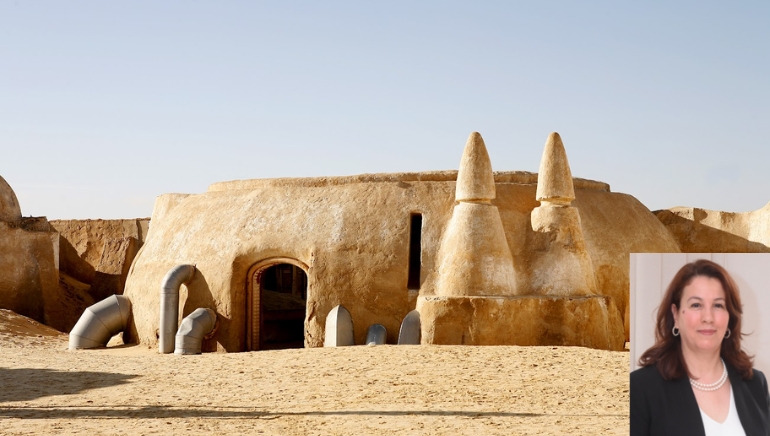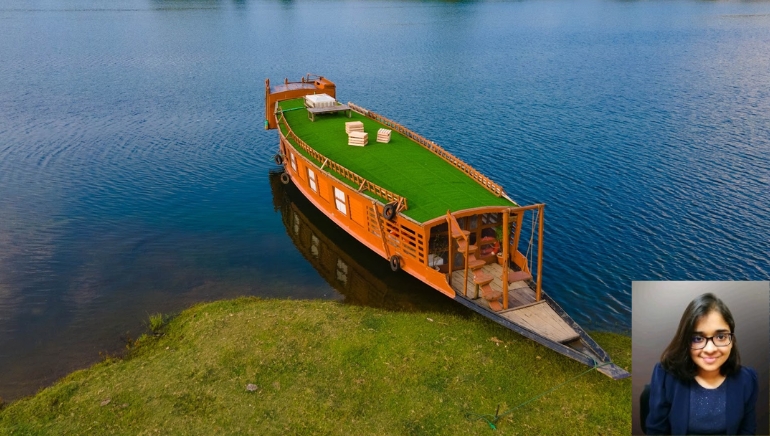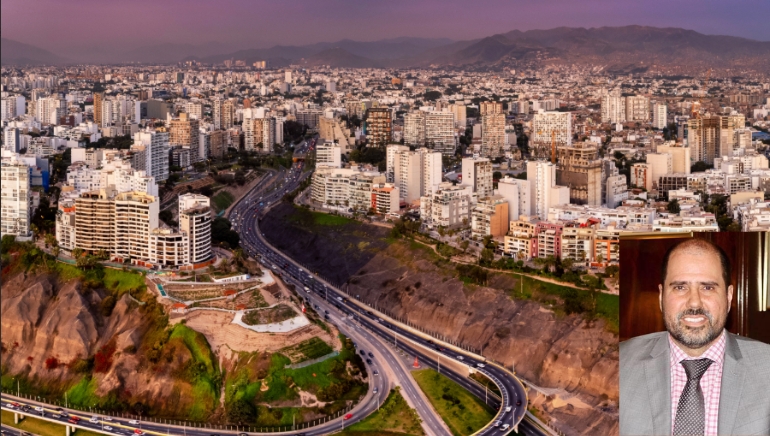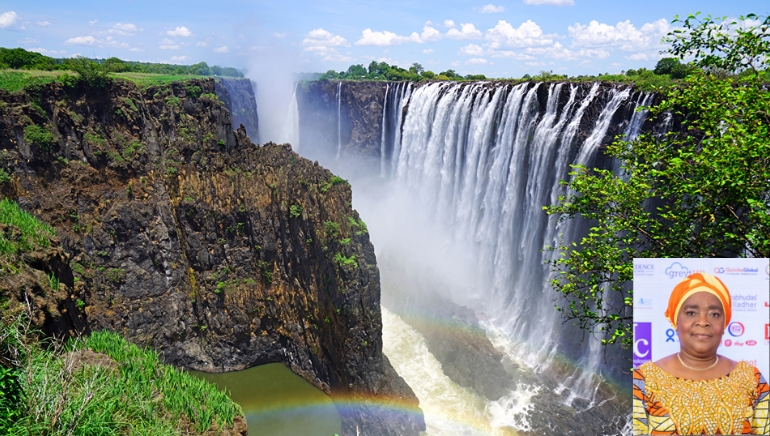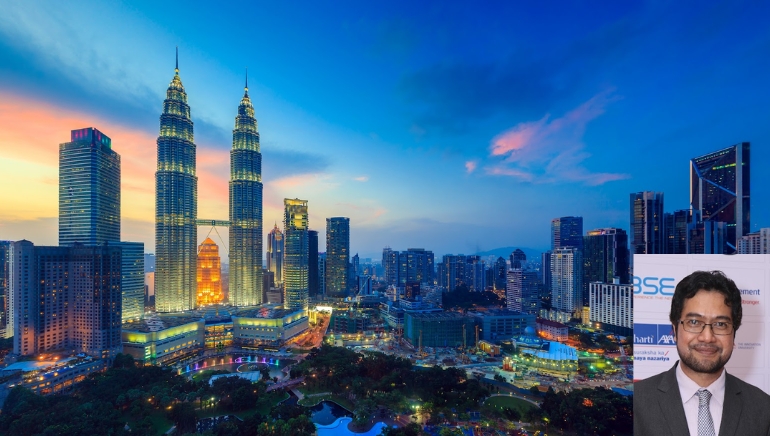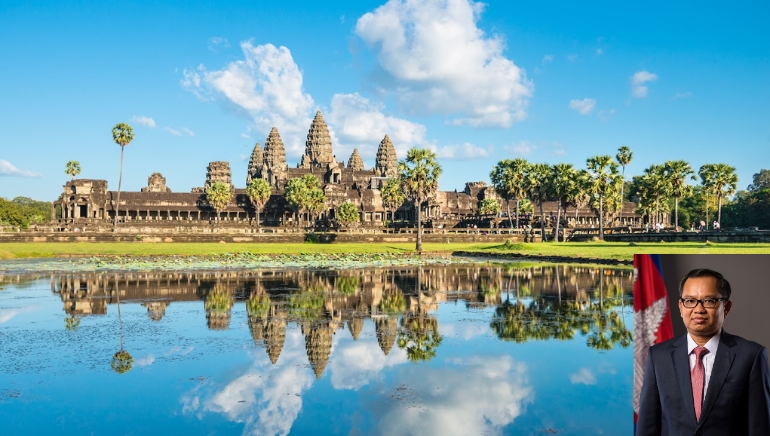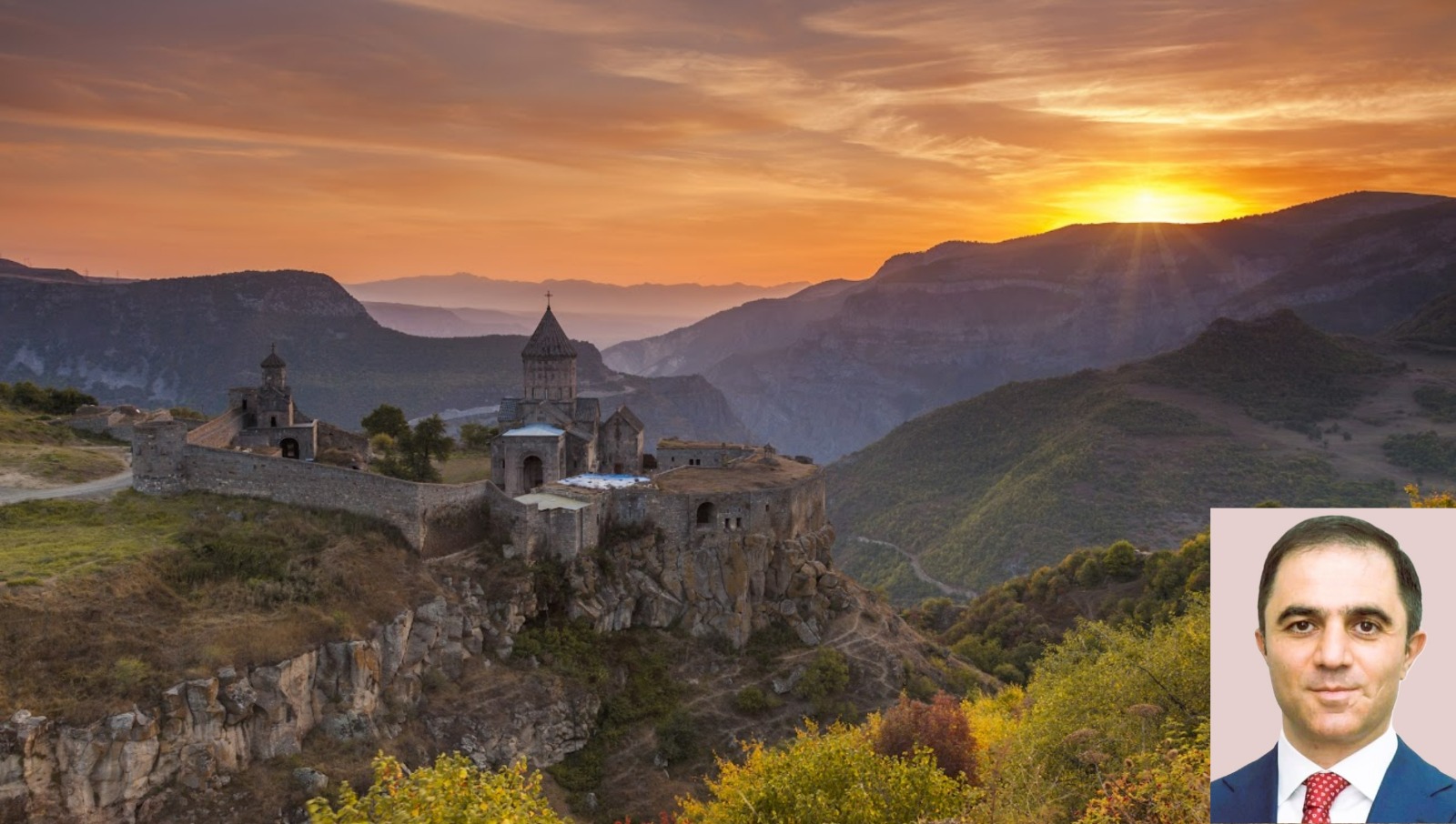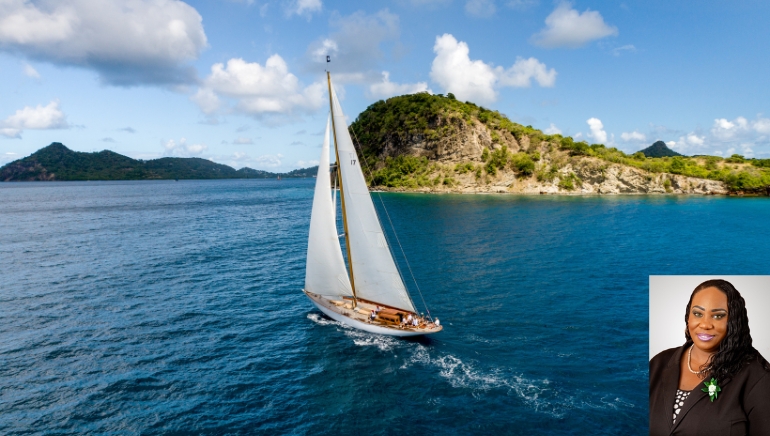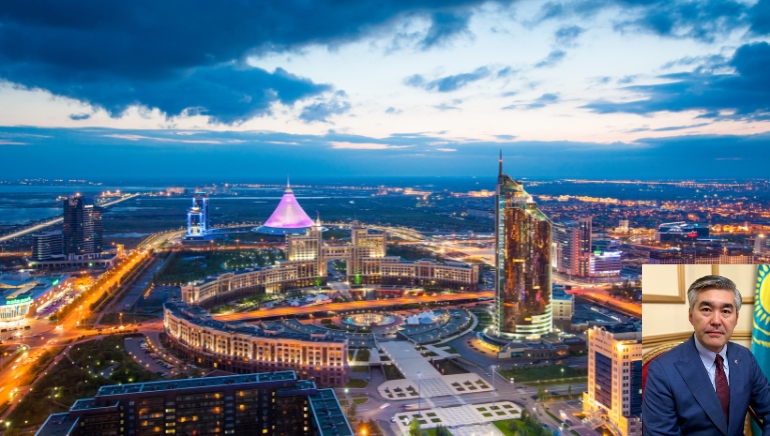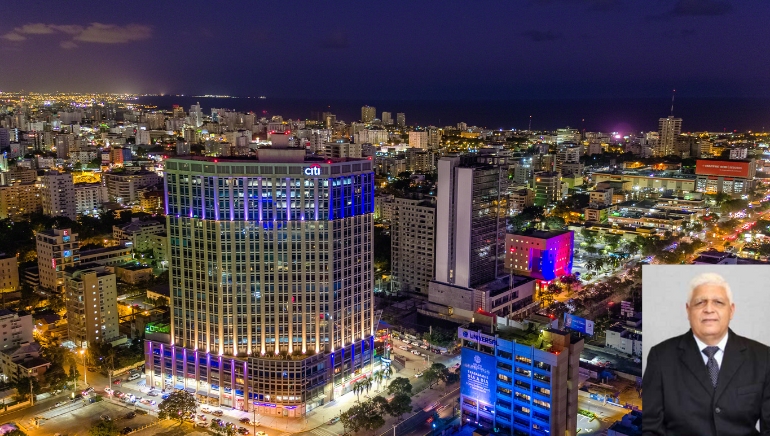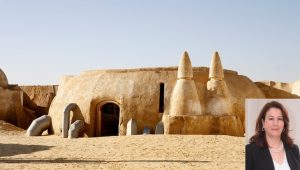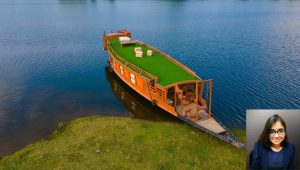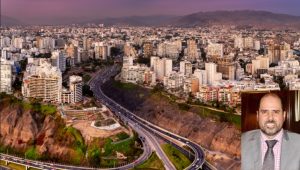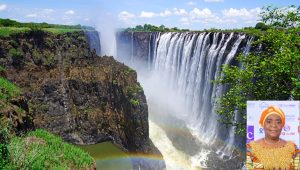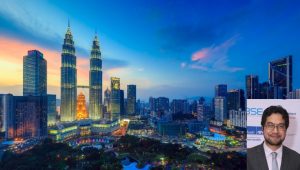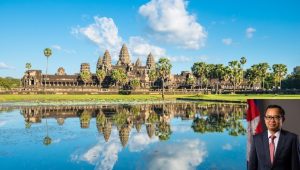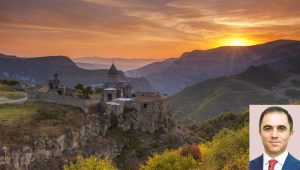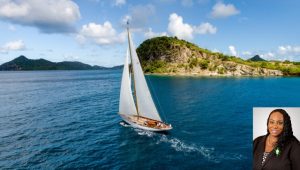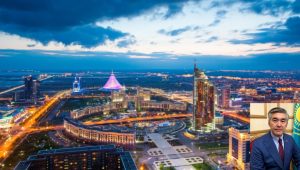Young Abdur Razzak, a worker at a hospital, came and offered Thanh Hà, a Vietnamese tourist in Dhaka, two pieces of vegetable dumplings—”You are a guest to my country. It’s my pleasure to buy you breakfast. Take it, you will love our delicious dish,” he said. This is Bangladesh—we love to welcome the world with great heart! The people of the country are very warm, hospitable, and friendly towards its guests, which helps tourists navigate the country with greater ease.
By Ms. Tasnia Tasnim Hossain, International Relations (IR) Student at the Bangladesh University of Professionals (BUP), Dhaka, Bangladesh (a multiple award winner of “Model United Nations (MUN)” competition sessions)
“BANGLADESH OFFERS VIBRANT CULTURE, STUNNING LANDSCAPES, AND UNFORGETTABLE TRAVEL EXPERIENCES”
Bangladesh sits in the colourful South Asia, acting as a bridge between South Asia and Southeast Asia. The Himalayan Ranges lie further north of Bangladesh, and the Bay of Bengal on the south offers the largest naturally continuous sea beach. Bangladesh has a rich diversity of landscapes, from mountains to beaches and rivers to forests.
With its small landscape yet offering a diverse array of scenic beauty like beaches, lakes, rivers, hills, forests, wildlife, and tribal life, coupled with archaeological remains, historical monuments, religious and cultural heritages, and handicrafts, Bangladesh offers a complete package of tourist attractions.
The memoir of ancient Moroccan traveler Ibn Battuta’s tour in ancient Bengal, commencing at Sudkawan (Chittagong) to his departure from Sunurkawan (Sonargaon) for Java (July – August 1346), further historically substantiates this supportive touristic summarization.
AN ATTRACTIVE TOURISM DESTINATION
Bangladesh ensures decent offerings to all the globally expected 4 ‘A’s for tourism—Attraction, Accessibility, Accommodation, and Amenities. Travelling in Bangladesh can be exceptionally budget-friendly. Food, travel, and accommodation costs are quite cheap compared to similar global travel destinations, making it an ideal choice for a range of travelers. Bangladesh is exploring diverse options for tourism, offering satisfaction to all kinds of travelers. More so, with its tropical monsoon climate, Bangladesh is suitable for exploring tourist destinations almost year-round.
While planning a tour in Bangladesh, one needs to consider timing, destinations, accommodation, and guides. It is wise to avoid public holidays and weekends when relying on public transport like buses or trains. However, domestic flights are available to connect major cities.
Besides, renting a car remains an option. For accommodations, one may choose between luxury hotels and guesthouses. Village homestays are also an option for those looking to explore the rural landscape of the country. It is important to book in advance, especially during peak season.
PICTURESQUE LOCATIONS
Bangladesh is beautiful, but to make the most out of one’s experience, it is best to hire a licensed tour guide, especially in historical and natural sites. Archaeological sites are impressive and scattered all over Bangladesh. Numerous such sites unveil a rich tapestry of historical monuments, mosques, temples, stupas, rajbaris (landlord’s palaces), British-era buildings, and offer rare glimpses into the rich past of our country, transporting tourists back in time as if through a time machine. The ruins of Paharpur or the 60 Domed Mosque of Bagerhat are just a few among many to mention.
Cox’s Bazar is a town on the southeast coast of Bangladesh. It is known for its longest naturally continuous and sandy beachfront. A combined or separate tour to Saint Martin’s Island in the far south, where a ship journey through the Bay of Bengal overlooks the beautiful hills of Myanmar, accompanied by seagulls, and a follow-on single or multiple-night stay on the island, would offer a lifetime experience. With a starting price of $60 for a day, the trip is truly a bang-for-the-buck experience.
Houseboats were a symbol of luxury up until the 20th century. A houseboat tour at Tanguar Haor in the Sunamganj district of the Sylhet division, which takes different forms in each season, offers a once-in-a-lifetime unforgettable tourist experience. A 40-hour houseboat trip on weekends and holidays costs around $50-60.
Tourists may experience an unforgettable 3-day $500 premium tour package with rare practical insights into the Sundarbans—the largest mangrove forest in the world—and possibly a lucky glimpse of the Royal Bengal Tiger, deer, and other wildlife. The breathtaking beauty of the Chattogram Hill Tracts, with its eleven ethnic groups such as Chakma, Marma, Tripura, Tanchangya, Lushai, Pankho, Bawm, Mro, Khyang, Khumi, and Chak, offers visitors a chance to experience their diverse, simple, and colorful ways of life. Sajek, known as the Queen of Hills, provides another breathtaking tour package amid a haven of clouds. Situated among the hills of the Kasalong range in the Rangamati District at 1,476 feet (450 m) above sea level, a Sajek tour offers a worthy night stay for visitors, roughly at $100.
With its unique tourist attractions, Bangladesh continues to evolve with newer tourism prospects. The soul of Bangladesh lies in its villages! Villages here offer unmatched tranquility and peace. Bangladeshi villages, with their fields, homes, schools, mosques, and temples, provide a different experience compared to city life. A village homestay offers a deep understanding of Bangladeshi rural life. While sharing their hospitality, visitors experience daily village activities such as household chores, farming, local schooling, and fishing in local ponds, all facilitated by the host. The two-night stay package includes transportation, meals, accommodation, a one-night hotel stay in Dhaka, and an English-speaking guide, costing around $350.
RICH CULINARY DELIGHT
Bangladesh, with its rich culinary history and vibrant food culture, offers a fusion of flavours and influences from its neighbouring countries and the Middle Eastern Muslim heritage, with a unique local touch. Very often, Muslim travelers worldwide struggle with finding Halal foods and culturally appropriate places to explore.
Bangladesh is a Muslim-majority country, which helps Muslim travelers find Halal foods at all places and explore environments that accommodate Islamic practices. This makes it an attractive destination for Muslim travelers.
Bangladesh’s tourism sector shows great promise as domestic tourist numbers surpassed 2 crores in 2022, while more than 5.29 lakh foreigners, including holidaymakers, visited Bangladesh in 2022. With such booming possibilities, the Bangladesh Tourism Board (BTB) has planned 10 development project proposals (DPPs) with an estimated $1.18 billion investment, mostly private, over the next 15 years.
To attract more foreign tourists, the Bangladesh government is increasing communication and coordination with neighbouring countries and international tourism organisations, developing tourism products, simplifying visa processing procedures, and implementing dynamic marketing strategies. Foreign tourists can also plan a regional tour involving Bangladesh, India, Myanmar, Nepal, and Bhutan—making the package comprehensive, appealing, and economical.
Moreover, countries like the UAE and GCC nations would find it favorable and beneficial to invest in Bangladesh’s tourism sector alongside private investors. This creates a win-win scenario for both the host country and investors. With its unmatched natural beauty, cultural richness, and growing investment opportunities, Bangladesh is steadily emerging as one of South Asia’s most promising and rewarding travel and tourism destinations for global explorers and investors alike.




